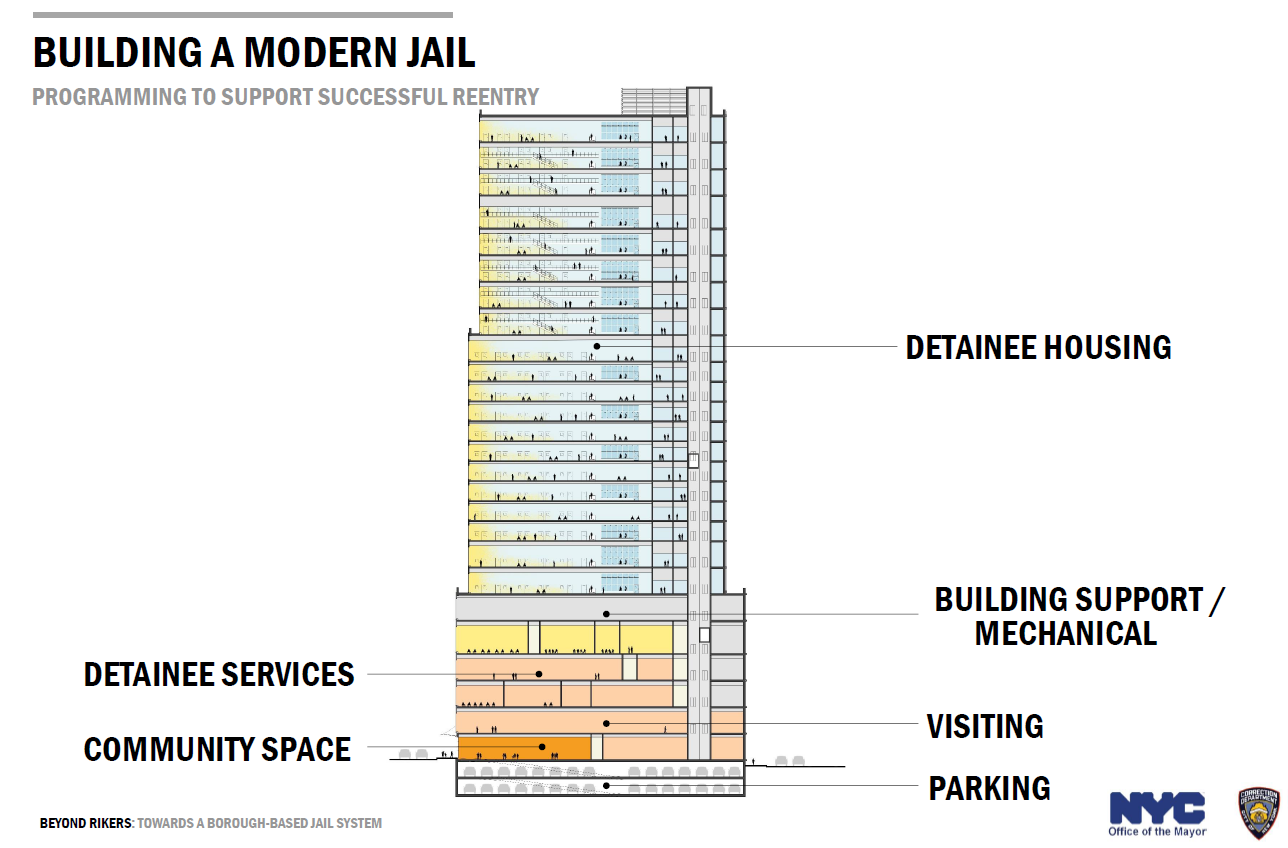CBS New York
There’s a nauseating mess in a popular Queens park.
Trucks have been spotted pouring a whole lot of waste but the more shocking discovery is who’s behind it all.
Chunky, murky sludge gushing at full speed directly into one of the most beloved parks in Queens.
“Smells like a sewer,” one resident said. It’s creating a soggy, muddy cesspool of bugs, trash, and who knows what else on a strip of land in Forest Park near Union Turnpike and Myrtle Avenue.
No word from Mitchell Silver about this, not only would he not allow this in Central Park or Prospect Park, but exactly what parks this waste is coming from (maybe this shit is coming from Flushing Meadows with the U.S. Open going on)? And to our idiot mayor, doesn't Forest Park factor in your version of the Green New Deal?
Update:
QNS
The location is the same section of Forest Park where the agency plans to create a new entrance where parkgoers from nearby Glendale can enter from Myrtle Avenue to other sections that will also soon be revamped.
“This is not hazardous waste. These trucks were used to clear soil and sediment from our clogged catch basins and spray shower drains to prevent puddling. Fresh water from the holding tanks is used to flush the sediment,” spokeswoman Meghan Lalor said. “Any large debris will be addressed this evening and then we will follow up by raking the sediment with machinery to address anything remaining.”
The dumping occurred near the northeast corner of the park where people are able to enter from Myrtle Avenue. The Parks Department has been looking to revamp the area which mostly serves as a route for motorists get on the Jackie Robinson Parkway.
But the scene was alarming for multiple people in videos captured as the smell was bad, according to those in the video, and garbage such as water bottles and wrappers could be seen.
“The smell of the discharge was abhorrent. There were gallons and gallons of muck, mud, debris and heavens know what else,” said Frank Schorn, who captured the videos. “The liquid flowed into a sewer entrance some dozens of yards away. The sewer grate is nearly completely blocked with debris from prior discharges of waste.”
The truck has Jersey plates. The city hired a private carting company to dump that shit.




